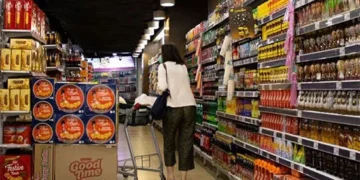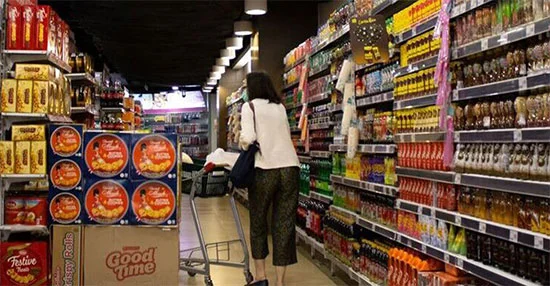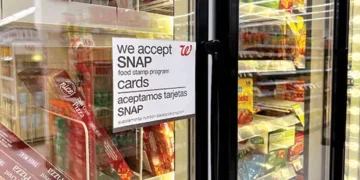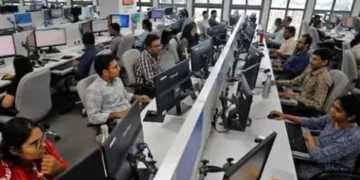Blitz Bureau
NEW DELHI: U.S. consumer prices increased by the most in seven months in August amid higher costs for housing and food, but a surge in first-time applications for jobless benefits last week kept the Federal Reserve on track to cut interest rates next week.
The larger-than-expected rise in the Consumer Price Index reported by the Labor Department on September 11 resulted in the biggest year-on-year increase in inflation since January, a Reuters report said.
Higher inflation and softening labor market conditions fanned fears of stagflation.
The broad increase in inflation partly reflected businesses passing on higher costs from President Donald Trump’s sweeping tariffs to consumers and a rebound in demand for travel. Tourist traffic to the U.S. tanked during the spring and early summer amid boycotts and the White House’s immigration crackdown.
“Even though a September cut is a fait accompli, the future trend looks less certain,” said Sung Won Sohn, a finance and economics professor at Loyola Marymount University. The CPI rose 0.4% last month, the biggest gain since January, after increasing 0.2% in July, the Labor Department’s Bureau of Labor Statistics said. The CPI was driven by a 0.4% jump in the cost of shelter. Food prices increased 0.5%, with prices at the supermarket soaring 0.6%.
Fruit and vegetable prices increased 1.6% as tomatoes surged 4.5%, the biggest gain since January 2020. Apples and bananas were also more expensive. Beef prices rose 2.7% and increased 13.9% from a year ago. Coffee prices jumped 3.6% and were up 20.9% from a year ago. Tariffs likely accounted for some of these increases. Past droughts that decimated the national herd were also probably behind the higher beef prices.
Labor shortages at farms as the Trump administration rounds up undocumented migrants for deportation were also adding to higher food prices, economists said. Gasoline prices rose 1.9%.
































